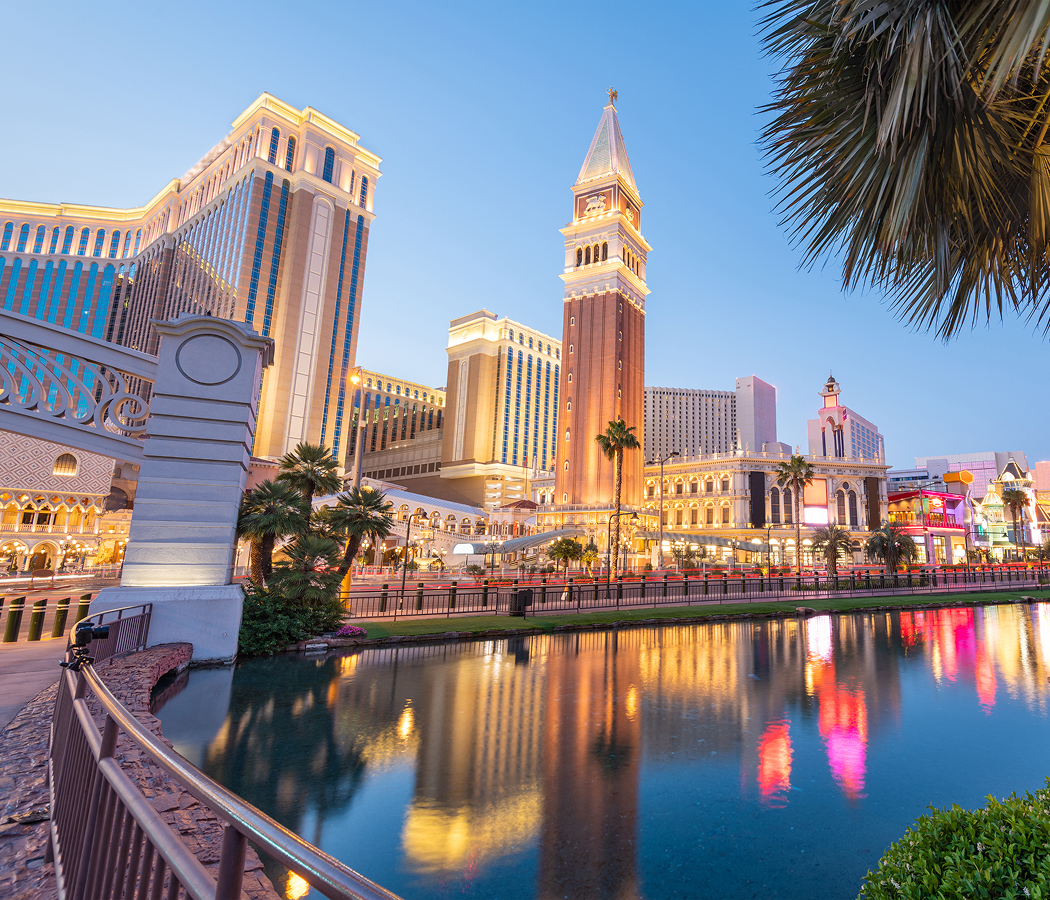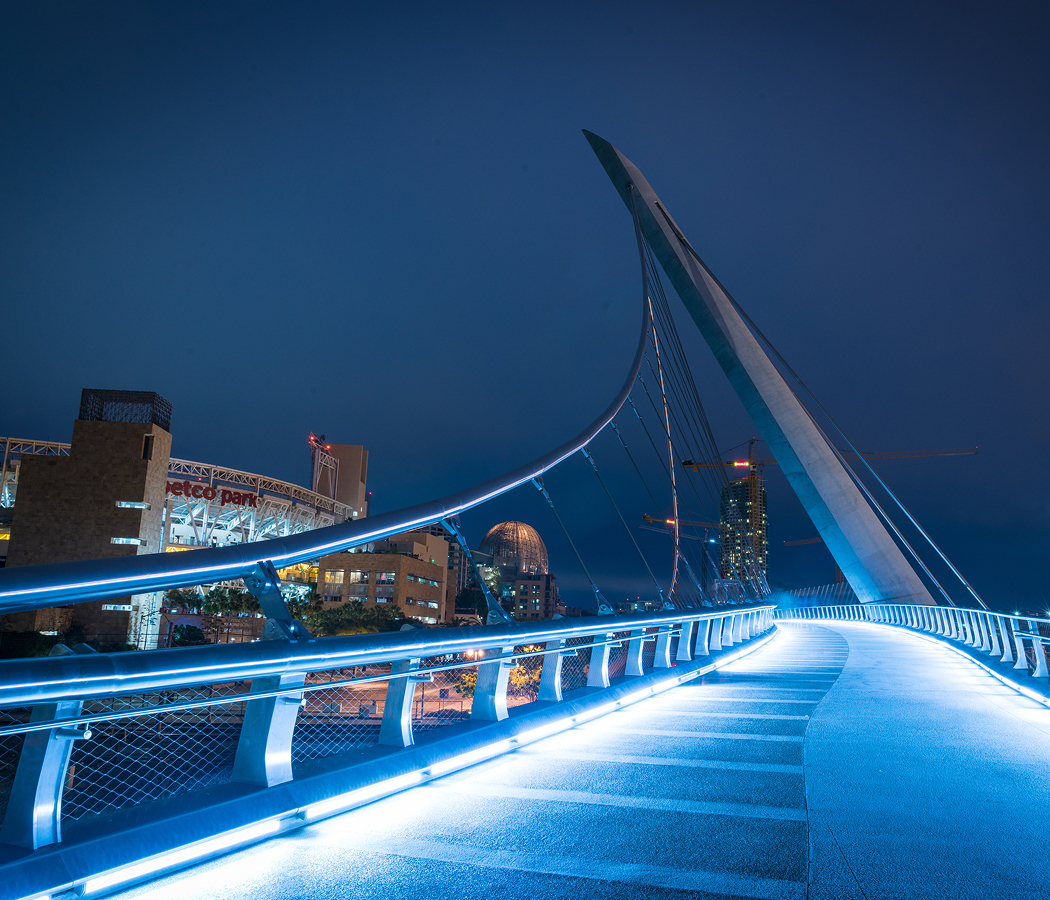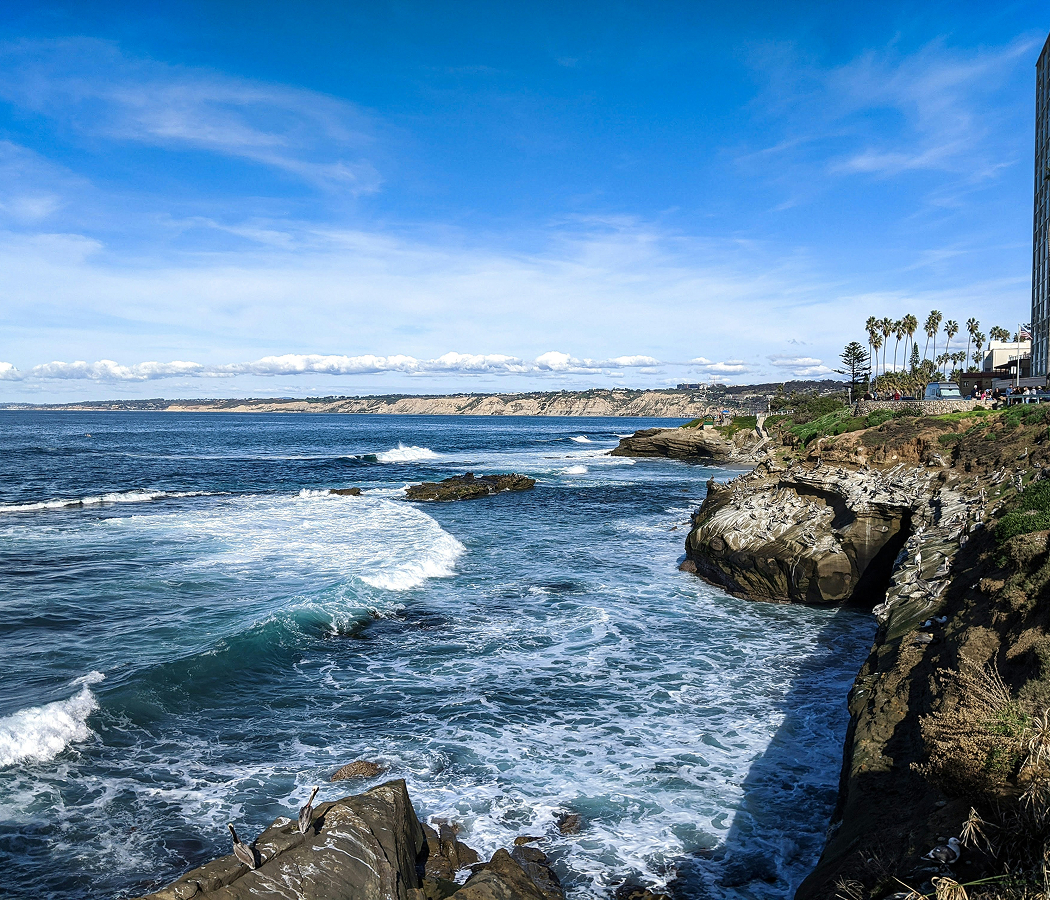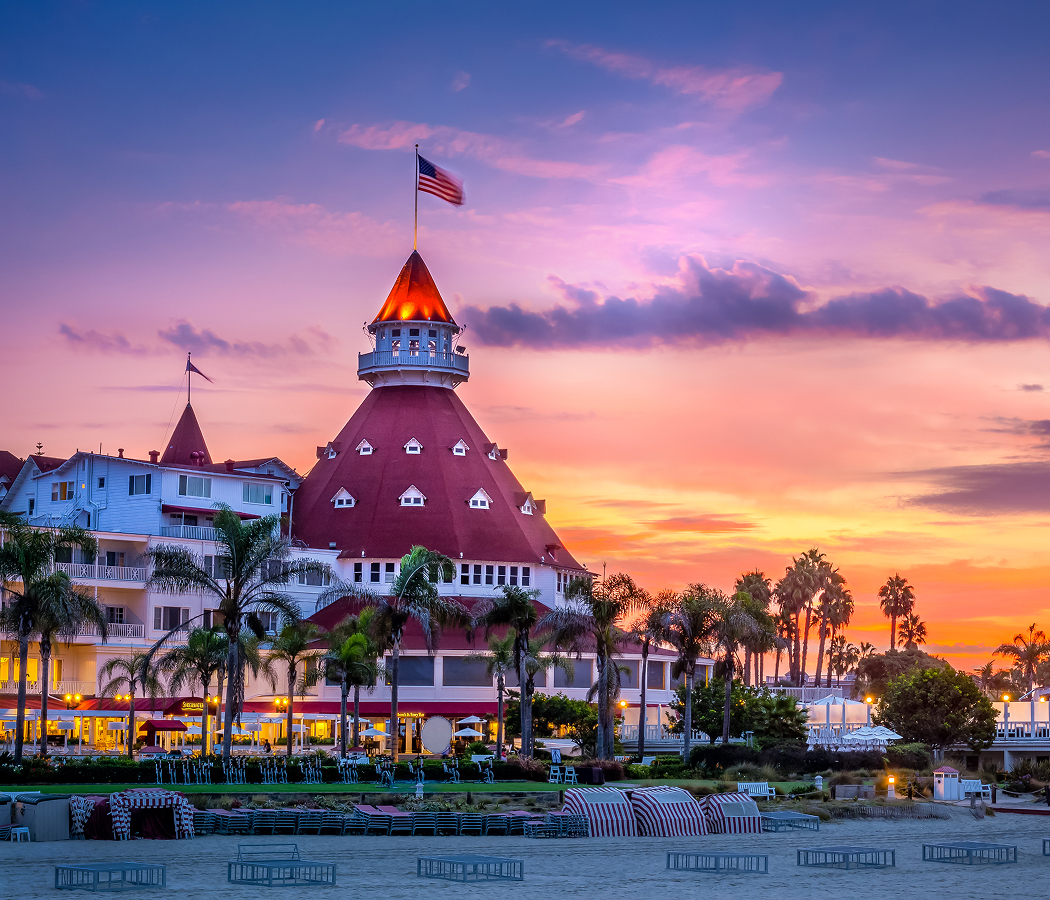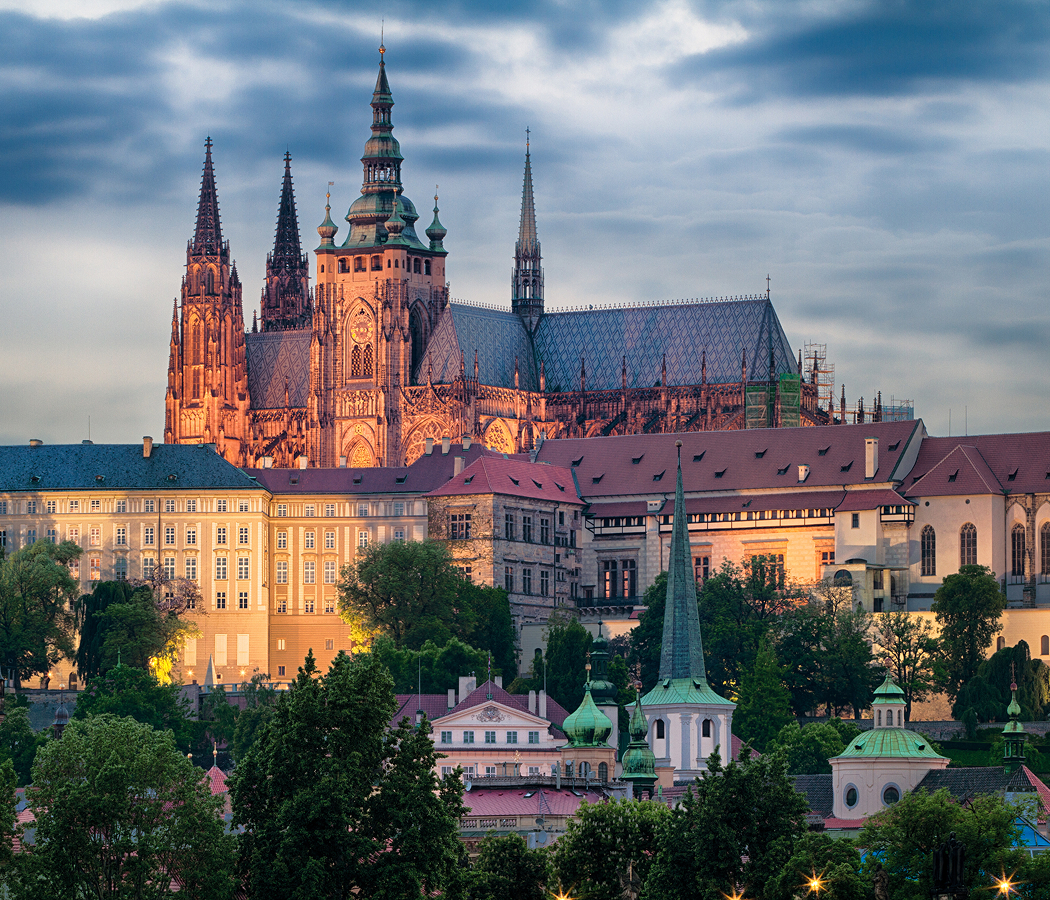
Why you should experience Hoover Dam near Las Vegas.
The Hoover Dam isn’t just an engineering marvel, it’s a monument to human willpower carved into the bones of the earth itself.
Straddling the border between Nevada and Arizona, this colossal concrete arc rises from the Black Canyon like a sculpture of power and precision, taming the mighty Colorado River that once raged through the desert. Built during the depths of the Great Depression, the dam became both a symbol of American resilience and a literal force of life, generating electricity, creating Lake Mead, and bringing water to the parched lands of the Southwest. Standing atop its curved crest, you feel small against the scale of it all, 726 feet of sheer concrete plunging to turquoise water below, flanked by Art Deco towers gleaming in the desert sun. The air hums faintly with electricity from turbines deep within, and the landscape around feels timeless, sunburnt rock, mirrored sky, and a river forever changed. Visiting the Hoover Dam isn’t like visiting a relic; it’s like standing at the intersection of ambition and survival. It reminds you that progress, when forged with courage, can reshape nature itself.
What you didn’t know about Hoover Dam.
The story of the Hoover Dam is one of audacity, hardship, and quiet triumph, a project so vast it redefined what humanity could achieve with grit and vision.
Construction began in 1931, at the height of economic despair, when President Herbert Hoover’s administration greenlit the unprecedented effort to control the Colorado River’s floods and create hydroelectric power for a growing West. The sheer logistics were staggering: more than 21,000 men worked in brutal desert heat exceeding 120°F, carving through canyon walls and pouring 3.25 million cubic yards of concrete, enough to pave a road from San Francisco to New York. Crews lived in Boulder City, a town built specifically for the workforce, where families found community amid hardship. Though the project was officially completed in 1936, ahead of schedule and under budget, the real legacy lies in its detail. Inside, the dam’s interior gleams with geometric Art Deco motifs, terrazzo floors, bronze doors, and sculpted eagles designed by artist Oskar Hansen. It wasn’t just functional; it was meant to be beautiful. Beneath the surface, 17 enormous turbines still generate enough power to serve millions across Nevada, Arizona, and California. The dam also created Lake Mead, once the largest reservoir in the United States, holding back more than nine trillion gallons of water. Over time, the reservoir’s receding levels have revealed striking mineral “bathtub rings,” a visible testament to both climate shifts and the enduring control this structure exerts over the landscape. What most visitors miss is the harmony of art and infrastructure, a Depression-era project that doubled as a cathedral of engineering, where every angle, pattern, and proportion was designed to evoke order and optimism.
How to fold Hoover Dam into your trip.
Visiting the Hoover Dam is an experience that balances grandeur with intimacy, a chance to step inside history and witness the mechanics of ingenuity up close.
From Las Vegas, it’s about a 45-minute drive southeast through the Boulder City corridor, a scenic route that winds through desert valleys before revealing the dam’s immense silhouette against the Colorado River. Start at the Hoover Dam Visitor Center, where exhibits and films provide context for what you’re about to see, the labor, design, and determination behind every cubic foot of concrete. Take a guided Powerplant Tour to descend deep inside the dam’s inner tunnels, where massive generators hum with energy and bronze-lined corridors radiate heat from decades of constant motion. From the observation deck, you’ll see the dam’s sweeping curve, Lake Mead’s still waters on one side, and the rugged canyon drop-off on the other, a juxtaposition so stark it almost feels otherworldly. Don’t miss walking across the Mike O’Callaghan, Pat Tillman Memorial Bridge, the best vantage point for panoramic photographs of the dam’s sculptural perfection. The bridge’s pedestrian walkway hovers nearly 900 feet above the river, offering one of the most thrilling perspectives in the Southwest. For a slower pace, drive to Lake Mead National Recreation Area just upstream, its marinas and overlooks provide serene counterpoints to the dam’s industrial might. As the sun sets, the concrete takes on a warm golden hue, and the entire landscape glows in quiet reverence. End your visit back in Boulder City at a local diner or brewery, where photos from the 1930s construction line the walls, reminders of the men who built something so monumental that it still powers cities, irrigates deserts, and captures imaginations nearly a century later.
Hear it from the Foresyte community.
Sunlight bounces off massive walls of concrete as the river winds far below, a reminder of just how much power nature and human hands can hold. Standing at the edge, the scale feels almost unreal, like you’ve stepped inside a story too big to fully grasp.
Where meaningful travel begins.
Start your journey with Foresyte, where the planning is part of the magic.
Discover the experiences that matter most.



